Language is a window into culture, and one of the most fascinating ways to explore it is through the names Indigenous peoples have given to the natural world around them. Cree, one of the largest Indigenous languages in Canada, has beautifully descriptive words for the animals (pisiskiw) that share their lands. Today, we’re playing a little game: can you guess the animal by its Swampy Cree name?
Guess the Animal!
1. ᐊᒥᐢᐠ (amisk)
Hint: This industrious animal is known for building lodges and dams.
2. ᒪᐢᐠᐘ (maskwa)
Hint: A powerful, omnivorous mammal with thick fur and strong claws. They can be found in forests and mountains and are known for hibernating in winter.
3. ᐊᐦᑎᐠ (ahtik)
Hint: They are large deer with wide, spreading antlers. They migrate long distances and are well-adapted to cold northern climates.
4. ᒧᐢᐘ (moswa)
Hint: The largest member of the deer family, they have long legs, broad antlers (in males), and a distinctive flap of skin under the throat called a “bell.”
5. ᐸᐦᐢᐠᐘᒥᐢᑐᐢ (pahskwamistos)
Hint: Large, horned mammals known for their strength and herd behavior.
6. ᓴᓴᑲᐘᐱᐢᑯᐢ (sasakawapiskos)
Hint: A small, striped rodent with cheek pouches used to store food. They are quick, live in burrows, and are commonly seen in forests and parks.
7. ᐊᐱᐢᒋᒧᓱᓯᐢ (apischimososis)
Hint: Graceful herbivores with slender bodies and long legs. Most males have antlers, which they shed and regrow annually.
8. ᑭᓀᐱᐠ (kinépik)
Hint: They live in marshy areas during summer and hibernate in underground dens in winter.
9. ᒥᑭᓇᐠ (mikinak)
Hint: They can live in water or on land, and they are known for their slow movement and long lifespans.
10. ᐅᒥᓇᐢᒉᑫᓯᐢ (ominaschékésís)
Hint: They are fierce predators and scavengers, known for their strength and ability to survive in harsh, cold environments.

Conservation
The lands and waters of this region are home to approximately 40 species of conservation concern, including many that are endangered or threatened. These include 25 bird species, 2 amphibians, 2 mammals, 1 fish, and 1 reptile—each playing an important role in the local ecosystem. As their habitats face increasing pressure from development, pollution, and climate change, protecting these species becomes more urgent than ever.
But conservation is not just a scientific responsibility—it’s also a cultural one. The Cree language holds deep knowledge about the land, animals, and relationships between all living things. In Cree, many species’ names reflect not just what they look like, but how they live, behave, and interact with the environment.
Why Cree Matters
Language is the heart of culture, identity, and worldview. Taking the time to learn and using Indigenous languages helps to restore our path to reconciliation.
Fisher River Cree Nation Board of Education has developed a dictionary resource website, app, and book with the involvement of local Elders, Knowledge Keepers and community leaders.
“We have been very excited about our progress and success in digitizing this Cree Dictionary App which is a very good Cree Language resource for everyone. We hope that users will use this Cree Dictionary App to inspire, motivate, create, and love the Cree language.”
Exploring these names is more than a fun guessing game—it’s a way to connect with the land, the animals, and the rich linguistic heritage that has thrived for thousands of years.
Visit these Cree Dictionaries:
Interested in learning more about the Cree language? Check out the dictionary sources below.
- https://itwewina.altlab.app/
- https://dictionary.plainscree.atlas-ling.ca/#/help
- https://dictionary.eastcree.org/words
- https://moosecree.ca/dictionary/
- https://www.hboierc.com/learn-cree.html
- https://en.wikipedia.org/wiki/Cree_language
- https://web.archive.org/web/20120204041554/http://www.languagegeek.com/algon/cree/nehiyawewin.html
- https://web.archive.org/web/20000816050335/http://www.nisto.com/cree/lesson/
- https://oldcree.com/
- https://fisherrivercree.manitobafirstnations.ca/
Answers:
- beaver
- bear
- caribou
- moose
- buffalo
- chipmunk
- deer
- snake
- turtle
- wolverine

